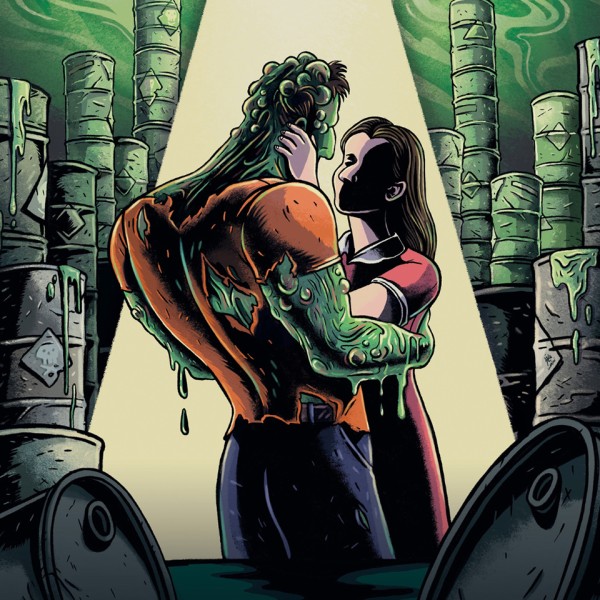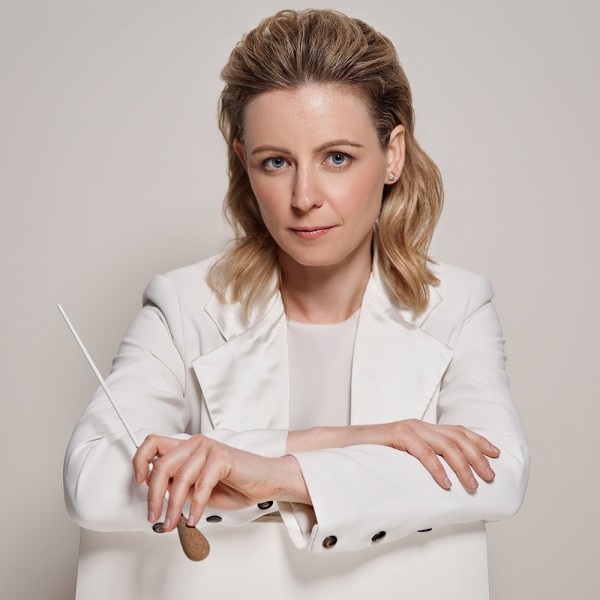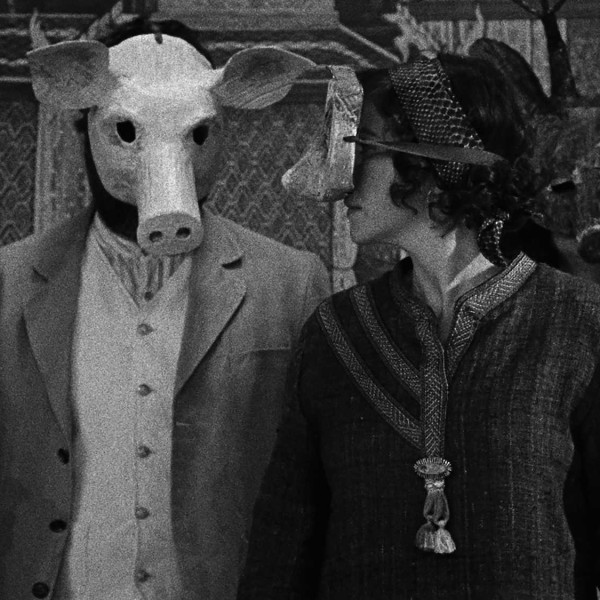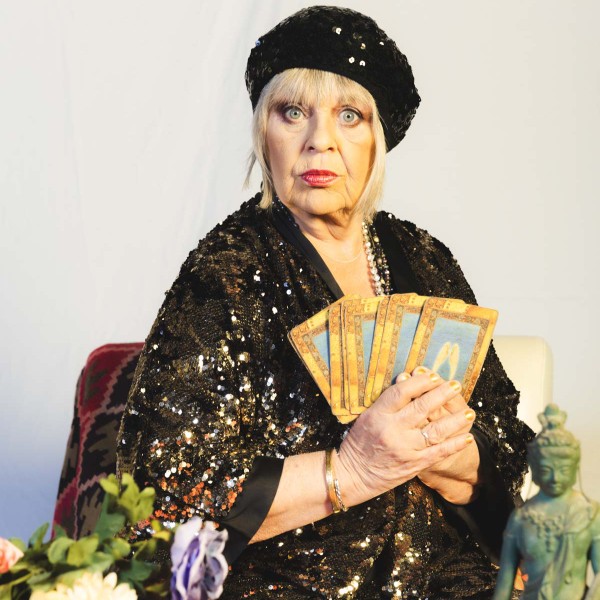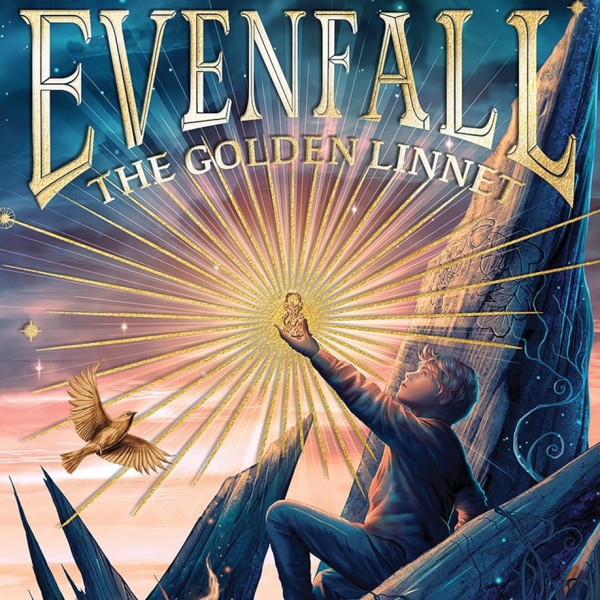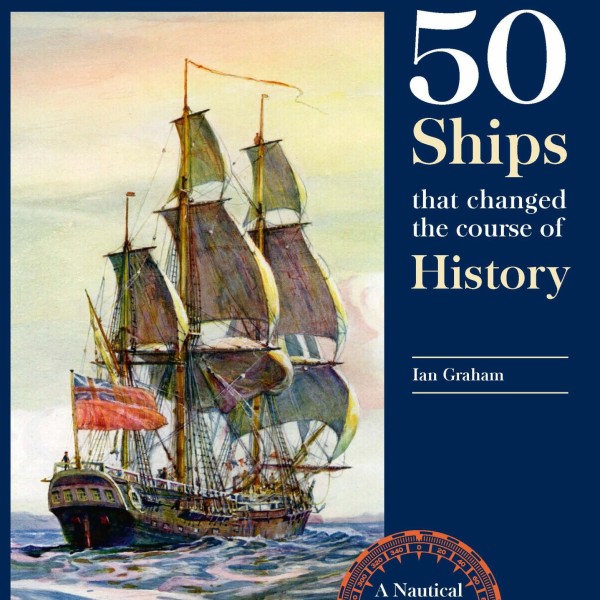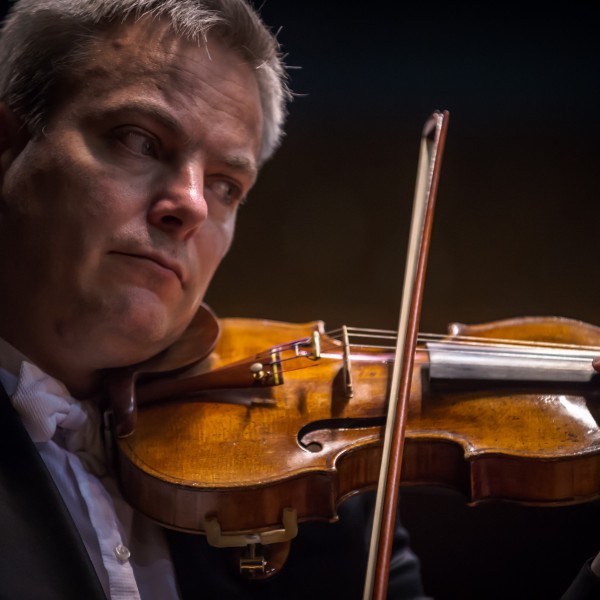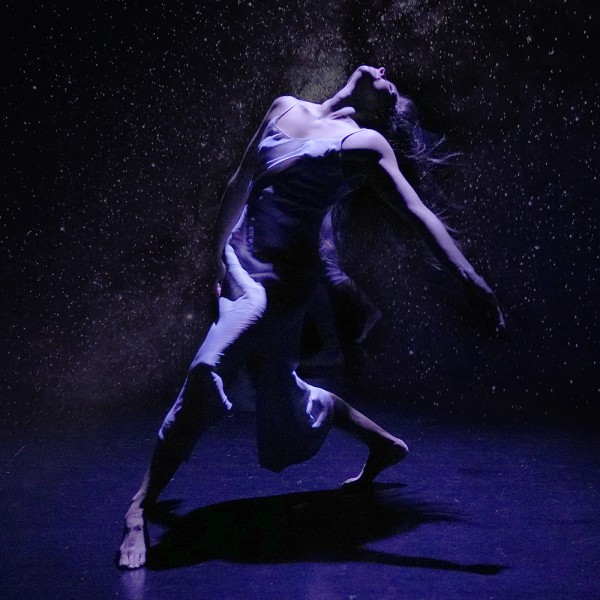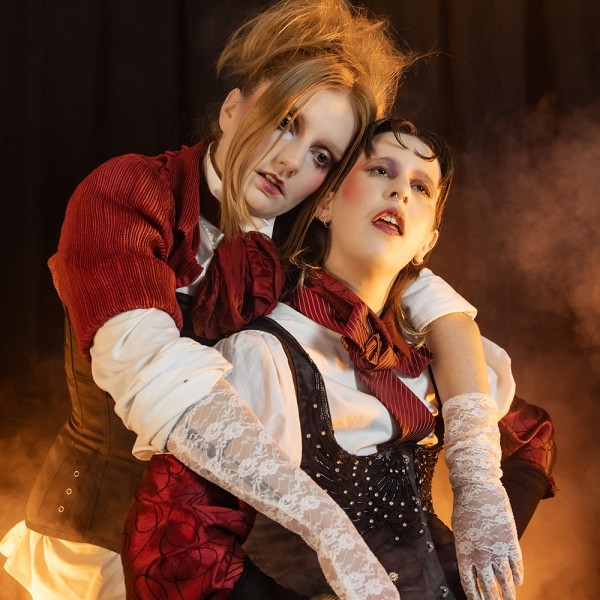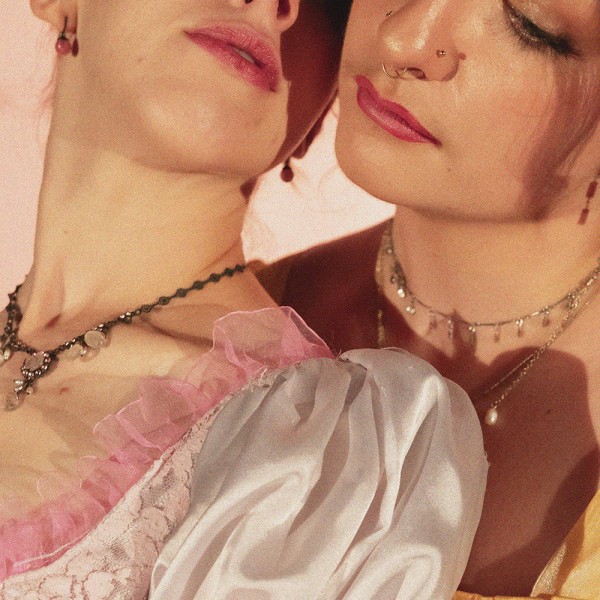
Pinnacle: Respighi & Rachmaninov
Presented by: New Zealand Symphony Orchestra
Conducted by: Umberto Clerici
Michael Fowler Centre, 11th Apr 2025
Reviewed by: Tamsin Evans
In a programme of two parts, we were transported from the delights of a Roman holiday to an epic, Romantic masterpiece of Russian longing, magnificently played by Russian virtuoso pianist Daniil Trifonov.
A perfectly crisp start, followed by the smoothest woodwind and then rich, deep, balanced strings built excitedly to the party that is Berlioz’s Roman Carnival. Conductor Umberto Clerici, animated and energetic, perhaps caught up in the mood, brought the orchestra to the final flourish, a piece of precision percussion on two tambourines.
Respighi’s Fountains of Rome was a slightly more sedate but still majestic tour around the city. From the early morning start, past majestic sights, Clerici skilfully led the audience and orchestra on a joyous and delightful excursion.
The Times described Trifonov as “the most astounding pianist of our age” and after hearing him play Rachmaninov’s Piano Concerto No. 3 in D Minor, an almost full house of more than 2000 people wholeheartedly agreed.
A lyrical start, briefly overwhelmed by the lower strings, picked up as the complexity this concerto is famous for grew into something intense, rich, and gorgeous. Trifonov brought a tangible sensitivity to the movement and flow. He took full control in the ferocious, intricate passages and incredible cadenza.
The second movement started with strong, quiet intensity before the piano came rumbling in, then the melody came forward, clear but still intense and especially light over the lower register. The confluence of strings and piano in the third movement created a huge sense of freedom and richness.
There is more to this concerto than a showpiece of a pianist’s technique. At times it almost seemed as if Trifonov was listening to his piano breathe, reflecting on the relationship between them. This piece demands the right musical interpretation and balance between the piano and the orchestra. The NZSO, Clerici, and Trifonov absolutely nailed it on the night.






